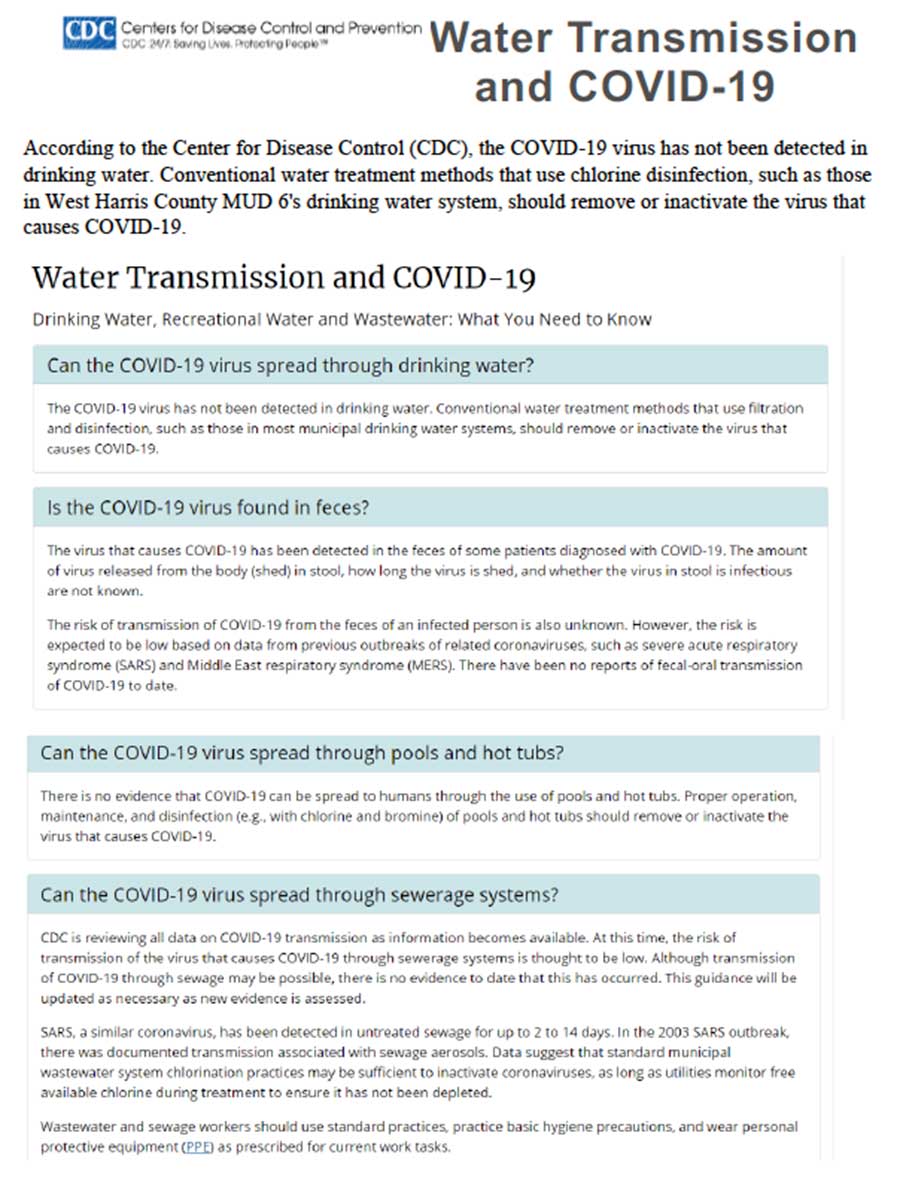About WHCMUD 6
This author has not yet filled in any details.So far WHCMUD 6 has created 10 blog entries.
Stage 1 Drought Conditions
The West Haris County Regional Water Authority (WHCRWA) has activated its Drought Contingency Plan and has requested all Groundwater Reduction Plan (GRP) participants to also implement their Drought Contingency Plan. Therefore, West Harris County MUD 6 is activating its Stage 1 Response – Mild Water Shortage Conditions. All water users are requested to voluntary reduce water usage and limit outdoor irrigation of landscape areas to the following schedule:
- Even Numbered Addresses (those ending in 0, 2, 4, 6 and 8) – Sundays and Thursdays between 8:00 pm and 10:00 am
- Odd Numbers Addresses (those ending in 1, 3, 5, 7 or 9) – Saturdays and Wednesdays between 8:00 pm and 10:00 am
- Those responsible for watering common areas such as greenbelts, esplanades or sports fields – Mondays and Fridays between 8:00 pm and 10:00 am
Thank you for your cooperation. Drought conditions impact all of us. Please stay informed, use common sense, and avoid wasting water.
WHCMUD 6 to Change Drinking Water Disinfection Method
WEST HARRIS COUNTY MUNICIPAL UTILITY DISTRICT NO. 6 will temporarily begin using a different type of water disinfection on or about February 13, 2023. This process involves using chloramines rather than chlorine as the disinfectant in the water supply. This temporary conversion to surface water is the result of the District’s need to take the Water Plant’s hydro-pneumatic tank off line for a 5 year inspection. During this time, the District will cease the production of water from the present water well supply and will be receiving surface water from a water transmission line containing treated surface water supplied by the City of Houston. You will receive additional notification once the project is complete and the District returns to its normal groundwater supply and chlorine disinfection methods.
The use of chloramines rather than chlorine is not new technology as it is in widespread use in many cities and other drinking water supplies. The change is intended to benefit our customers by reducing the levels of disinfection byproducts (DBPs) in the system, while providing protection from waterborne disease. The City of Houston has been treating its water with chloramines for over twenty years. Water containing chloramines is perfectly safe for drinking, bathing, cooking, and most other uses we have for water. HOWEVER, there are two categories that warrant people to take special care with chloraminated water:
Kidney Dialysis Patients – The change to chloramines can cause problems to persons dependent on dialysis machines. A condition known as hemolytic anemia can occur if the disinfectant is not completely removed from the water that is used for the dialysate. Consequently, the pretreatment scheme used for the dialysis units must include some means, such as a charcoal filter, for removing the chloramines prior to the conversion to chloramines. Medical facilities should also determine if additional precautions are required for other medical equipment.
Live Fish or Other Aquatic Animal Owners – Chloraminated water may be toxic to fish. If you have a fish tank, please make sure that the chemicals or filters that you are using are designed for use in water that has been treated with chloramines. You may also need to change the type of filter that you use for the fish tank.
Following are questions and answers that may address questions that you may have.
What is the current drinking water disinfection method? The current method of disinfection used by West Harris County Municipal Utility District No. 6 is chlorination. Chlorine is added to drinking water at a controlled level. Chlorine is an effective disinfectant of many kinds of bacteria that may be harmful to one’s health. The District’s drinking water has met State and Federal standards for bacterial control for many years.
What is chloramination? Chloramination is the use of both ammonia and chlorine to disinfect water. Ammonia is added to water at a carefully controlled level. The chlorine and ammonia react chemically to produce a combined chlorine residual or chloramines. Chloramines are safe in drinking water and serve as an effective method of disinfection. In the U.S., many water systems have used chloramination for several decades.
How can I get more information? Feel free to contact the West Harris County Municipal Utility District No. 6 Operator, Municipal District Services at (281) 290-6500 should you have a question or comment.
No Current News
There is no current news. Please check back for any updates within the District.
Freeze Warning
The National Weather Service has advised that subfreezing temperatures will begin tonight night and into Friday morning following the passage of a strong cold front. Freeze Warnings are in effect. High temperatures could quite possibly remain below freezing throughout the day on Friday and not warm up above freezing until during the day on Saturday.
*Note: The recommendation from Houston Public Works to not drip faucets does not apply to West Harris County MUD 6 customers.*
Report any problems with your water or sewer system to 281-290-6500 (24/7/365).
Follow the Houston/Galveston National Weather Service for information and forecast updates. www.weather.gov/hgx
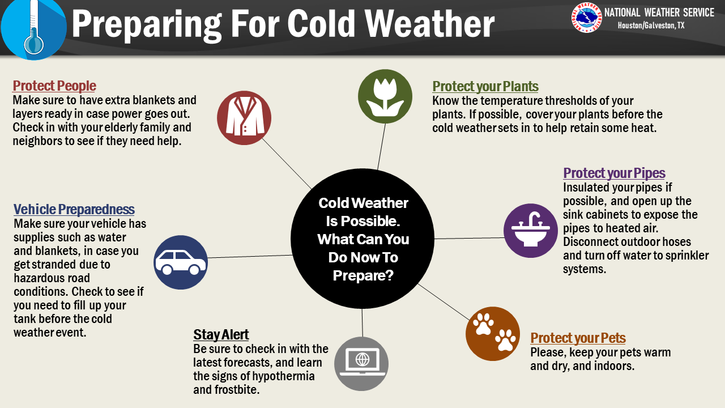
Hurricane Preparedness 2022
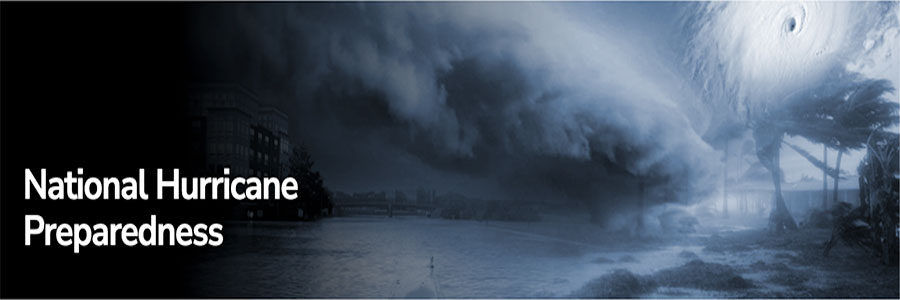
Be ready for hurricane season. Today you can determine your personal hurricane risk, find out if you live in a hurricane evacuation zone, and review/update insurance policies. You can also make a list of items to replenish hurricane emergency supplies and start thinking about how you will prepare your home for the coming hurricane season. If you live in hurricane-prone areas, you are encouraged to complete these simple preparations before hurricane season begins on June 1.
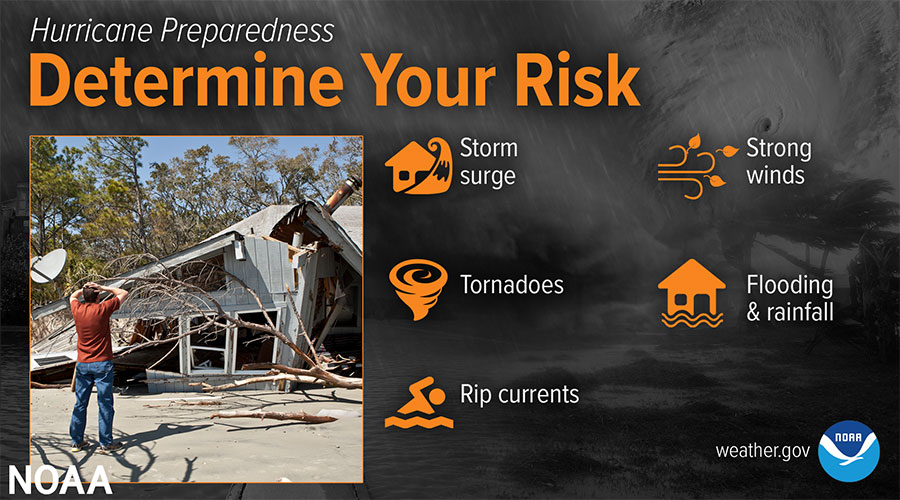
Find out today what types of wind and water hazards could happen where you live, and then start preparing how to handle them. Hurricanes are not just a coastal problem. impacts from wind and water can be felt hundreds of miles inland, and significant impacts can occur regardless of the storm’s strength. Know if you live in an area prone to flooding and if you’re safe to remain in your home.
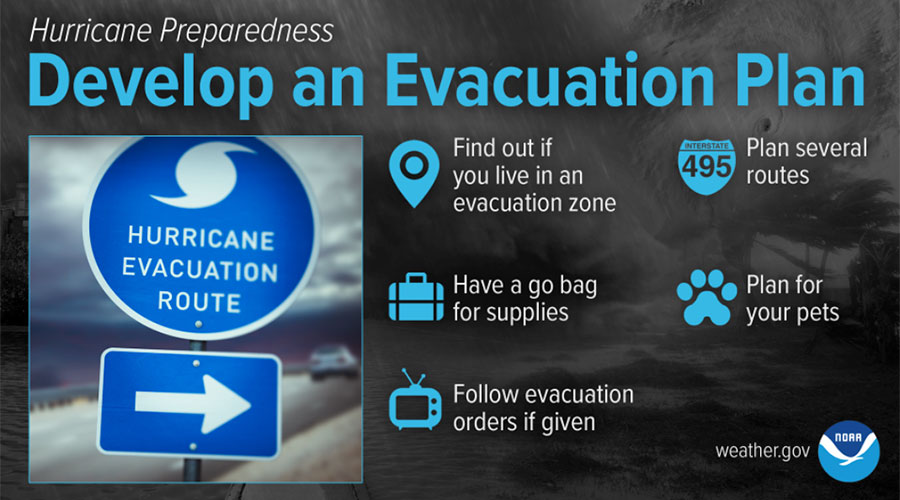
Find out if you live in a hurricane evacuation zone. You may also need to leave if you live in a flood prone area or in a mobile home outside a hurricane evacuation zone. Now is the time to begin planning where you would go and how you would get there.
You do not need to travel hundreds of miles. Your destination could be a friend or relative who lives in a well built home outside flood prone areas. Remember, your safest place may be to remain home. Be sure to account for your pets in your plan.
As hurricane season approaches, listen to local officials on questions related to how you may need to adjust any evacuation plans based on the latest health and safety guidelines from the CDC and your local officials.
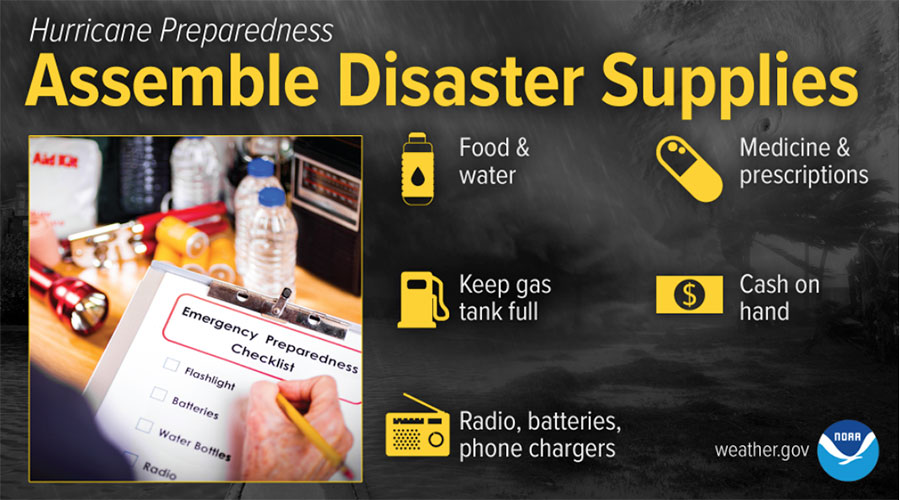
Whether you’re evacuating or sheltering-in-place, you’re going to need supplies not just to get through the storm but for the potentially lengthy and unpleasant aftermath. Have enough non-perishable food, water and medicine to last each person in your family a minimum of 3 days (store a longer than 3-day supply of water, if possible). Electricity and water could be out for at least that long. You’ll need extra cash, a battery-powered radio and flashlights. You may need a portable crank or solar-powered USB charger for your cell phones.
If you need to go to a public shelter, follow health guidelines from your local officials and the CDC.
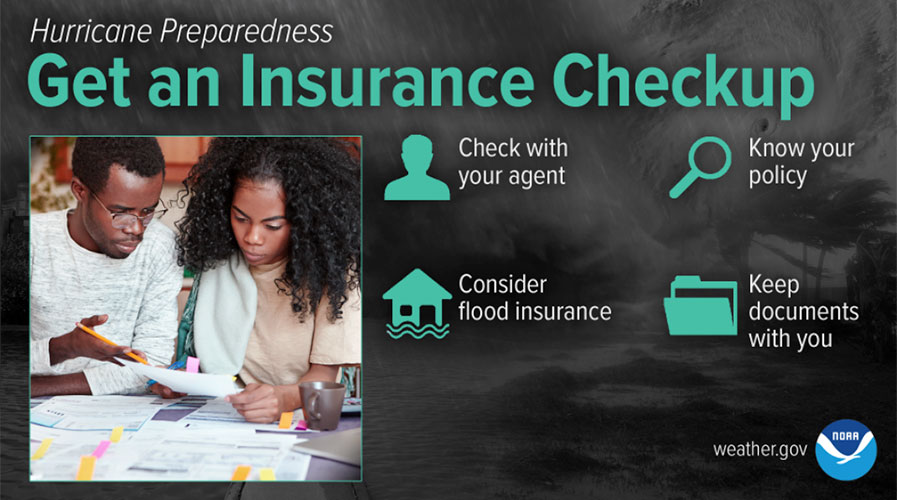
Call your insurance company or agent and ask for an insurance check-up to make sure you have enough insurance to repair or even replace your home and/or belongings. Remember, home and renters insurance doesn’t cover flooding, so you’ll need a separate policy for it.
Flood insurance is available through your company, agent, or the National Flood Insurance Program at floodsmart.gov. Act now, as flood insurance requires a 30-day waiting period.
- FLASH Insurance Guide: If Disaster Strikes, Will You Be Covered?
- Find available coverage at floodsmart.gov
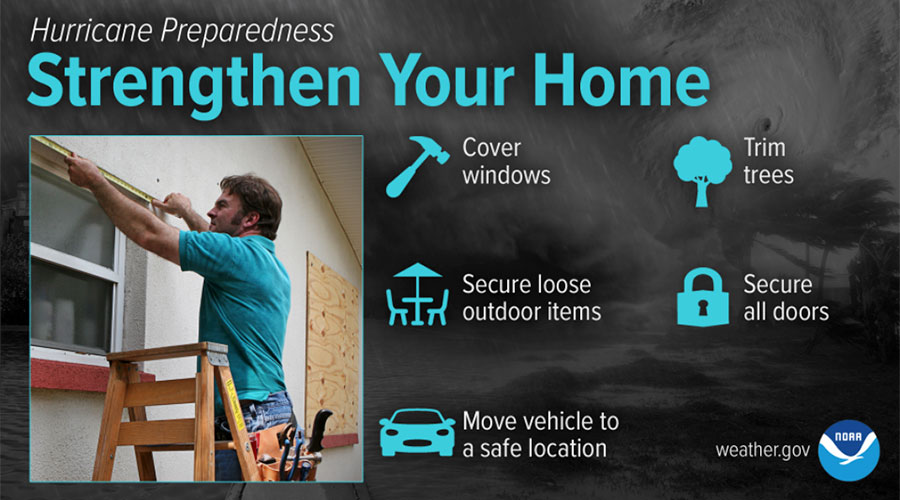
Whether you’re evacuating, or planning to ride out the storm in your home, make sure it is in good repair and up to local hurricane building code specifications to withstand wind impacts. Many retrofits are not as costly or time consuming as you may think.
Have the proper plywood, steel or aluminum panels to board up the windows and doors. Remember, the garage door is the most vulnerable part of the home, so it must be able to withstand the winds.
If you’re a renter, work with your landlord now to prepare your home for a storm.
- FLASH: How-To Videos
- Protect Your Home From Flooding Video (English/Spanish)
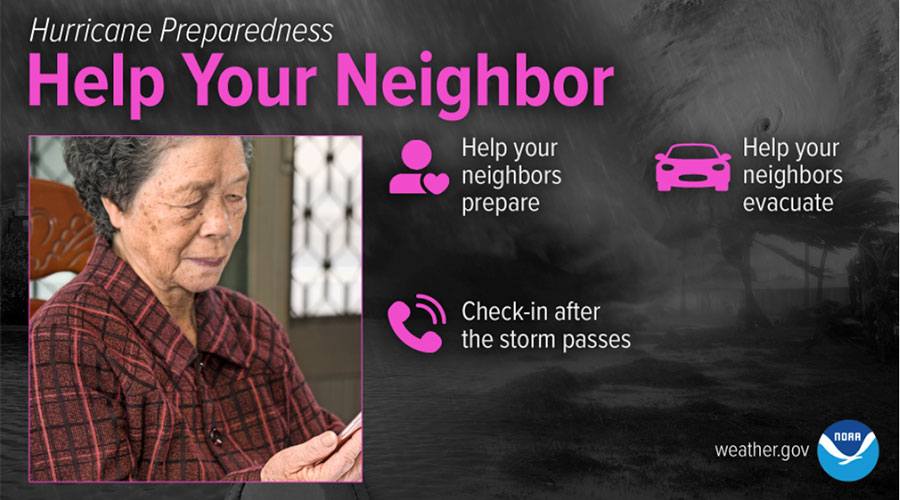
Many people rely on their neighbors before and after a disaster, and there are many ways you can help them. Learn about all the different actions you and your neighbors can take to prepare and recover from the hazards associated with hurricanes.
Start the conversation now with these Neighbor Helping Neighbor strategies but remember you may need to adjust your preparedness plans based on the latest health and safety guidelines from the CDC and your local officials.
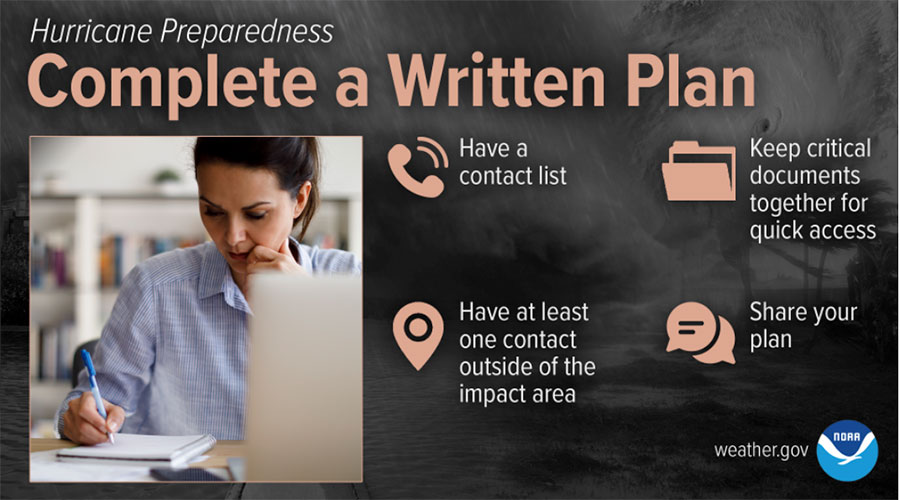
The time to prepare for a hurricane is before the season begins, when you have the time and are not under pressure. If you wait until a hurricane is on your doorstep, the odds are that you will be under duress and will make the wrong decisions.
Take the time now to write down your hurricane plan. Know who issues evacuation orders for your area, determine locations on where you will ride out the storm, and start to get your supplies now. Being prepared before a hurricane threatens makes you resilient to the hurricane impacts of wind and water. It will mean the difference between being a hurricane victim or a hurricane survivor.
Hurricane Preparedness 2021
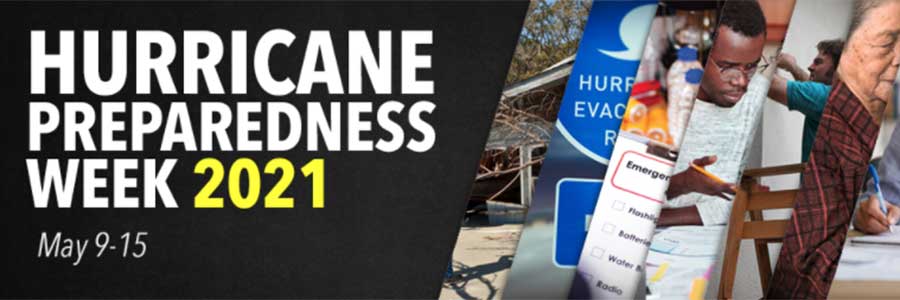
Be ready for hurricane season. Today you can determine your personal hurricane risk, find out if you live in a hurricane evacuation zone, and review/update insurance policies. You can also make a list of items to replenish hurricane emergency supplies and start thinking about how you will prepare your home for the coming hurricane season. If you live in hurricane-prone areas, you are encouraged to complete these simple preparations before hurricane season begins on June 1. Keep in mind, you may need to adjust any preparedness actions based on the latest health and safety guidelines from the CDC and your local officials.
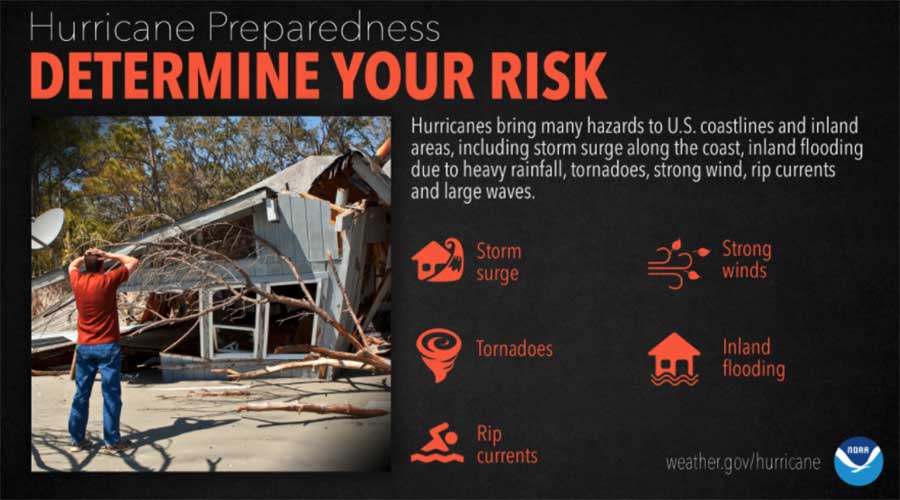
Find out today what types of wind and water hazards could happen where you live, and then start preparing how to handle them. Hurricanes are not just a coastal problem. Their impacts can be felt hundreds of miles inland, and significant impacts can occur without it being a major hurricane.
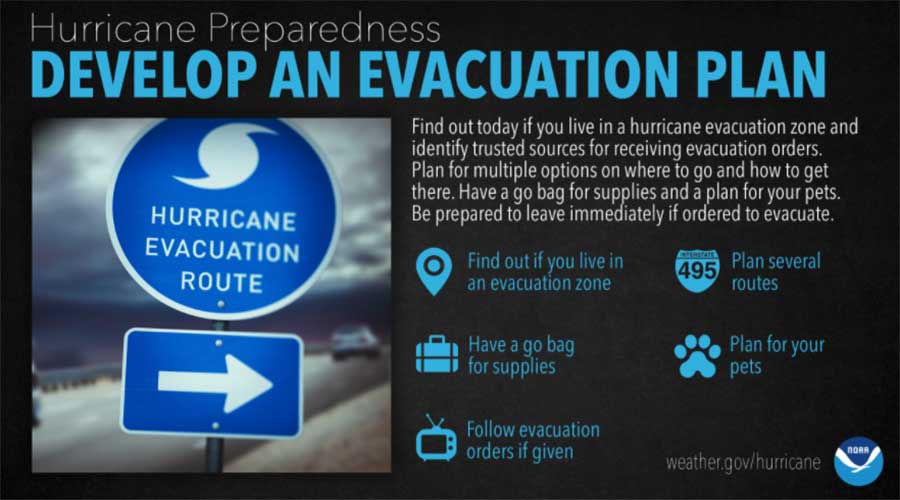
The first thing you need to do is find out if you live in a hurricane evacuation zone. If you do, now is the time to begin planning where you would go and how you would get there. You do not need to travel hundreds of miles, but have multiple options. Your destination could be a friend or relative who doesn’t live in an evacuation zone. If you live in a well-built home outside the evacuation zone, your safest place may be to remain home. Be sure to account for your pets in your plan. As hurricane season approaches, listen to local officials on questions related to how you may need to adjust any evacuation plans based on the latest health and safety guidelines from the CDC and your local officials.
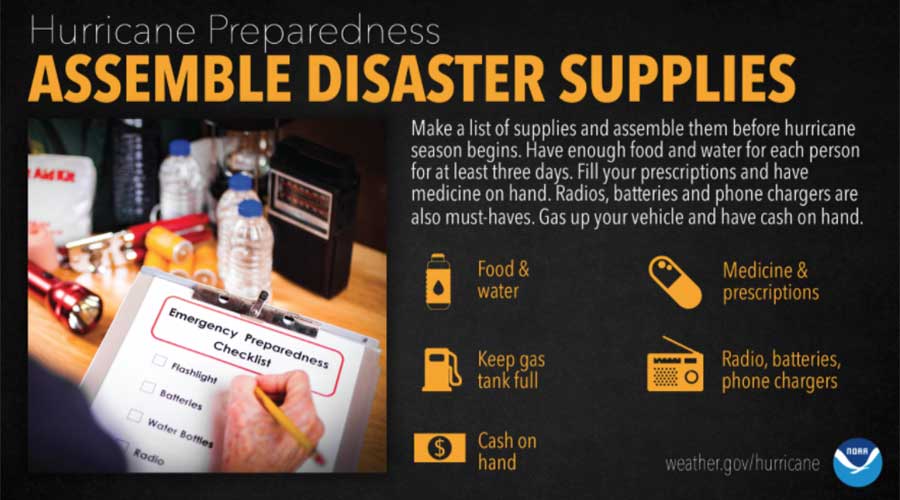
You’re going to need supplies not just to get through the storm but for the potentially lengthy and unpleasant aftermath. Have enough non-perishable food, water and medicine to last each person in your family a minimum of three days. Electricity and water could be out for at least that long. You’ll need extra cash, a battery-powered radio and flashlights. You may need a portable crank or solar-powered USB charger for your cell phones.
If you need to go to a public shelter, the CDC recommends bringing items that can help protect you and others from COVID-19, such as hand sanitizer with at least 60% alcohol, bar or liquid soap, disinfectant wipes (if available) and two masks for each person. (Children under two years old and people having trouble breathing should not wear face coverings.)
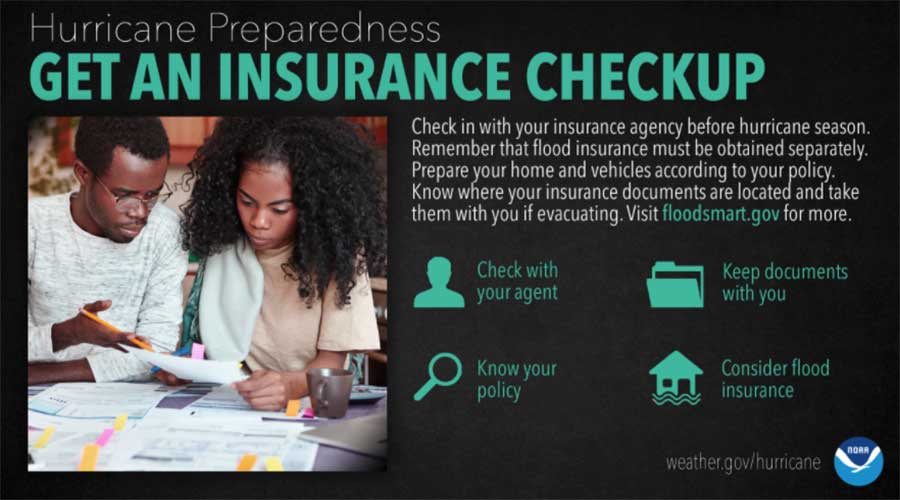
Call your insurance company or agent and ask for an insurance check-up to make sure you have enough homeowners insurance to repair or even replace your home. Don’t forget coverage for your car or boat. Remember, standard homeowners insurance doesn’t cover flooding. Whether you’re a homeowner or renter, you’ll need a separate policy for it, and it’s available through your company, agent or the National Flood Insurance Program at floodsmart.gov. Act now as flood insurance requires a 30-day waiting period.
- FLASH Insurance Guide: If Disaster Strikes, Will You Be Covered?
- Find available coverage at floodsmart.gov
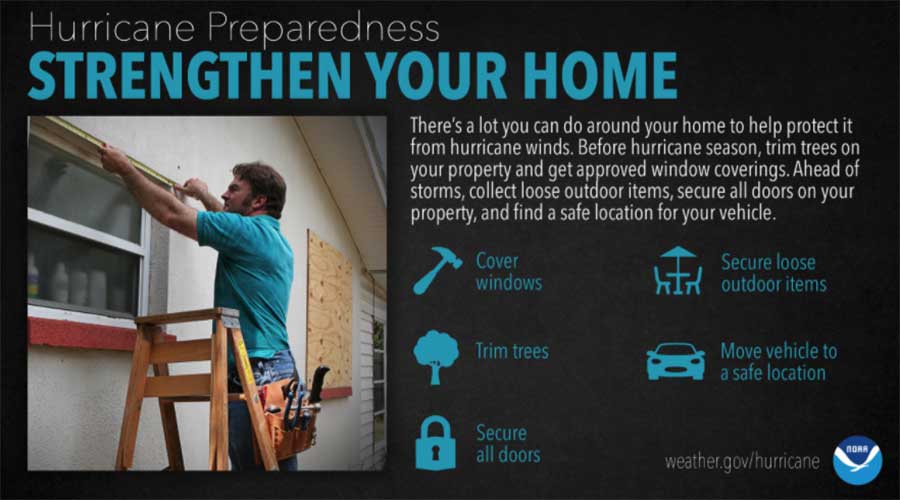
If you plan to ride out the storm in your home, make sure it is in good repair and up to local hurricane building code specifications. Many retrofits are not as costly or time consuming as you may think. Have the proper plywood, steel or aluminum panels to board up the windows and doors. Remember, the garage door is the most vulnerable part of the home, so it must be able to withstand the winds.
- FLASH: How-To Videos
- Protect Your Home From Flooding Video (English/Spanish)
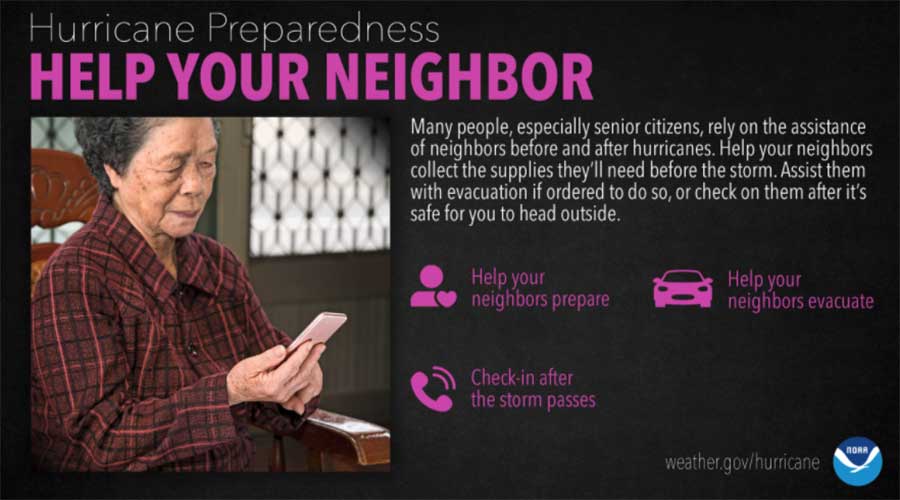
Many Americans rely on their neighbors after a disaster, but there are also many ways you can help your neighbors before a hurricane approaches. Learn about all the different actions you and your neighbors can take to prepare and recover from the hazards associated with hurricanes. Start the conversation now with these Neighbor Helping Neighbor strategies but remember you may need to adjust your preparedness plans based on the latest health and safety guidelines from the CDC and your local officials.
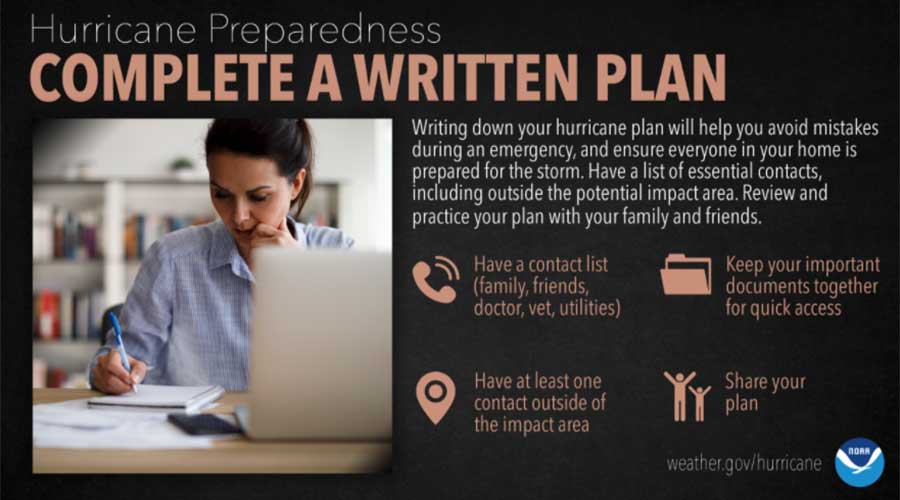
The time to prepare for a hurricane is before the season begins, when you have the time and are not under pressure. If you wait until a hurricane is on your doorstep, the odds are that you will be under duress and will make the wrong decisions. Take the time now to write down your hurricane plan. Know who issues evacuation orders for your area, determine locations on where you will ride out the storm, and start to get your supplies now. Being prepared before a hurricane threatens makes you resilient to the hurricane impacts of wind and water. It will mean the difference between being a hurricane victim or a hurricane survivor.

